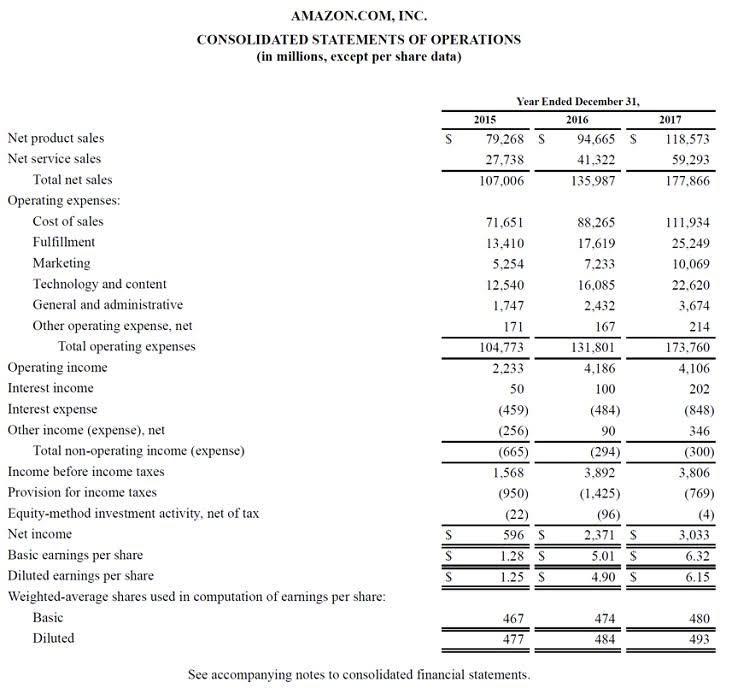
They scrutinize the adjustments made to correct errors, assessing whether they accurately reflect the underlying transactions and are appropriately documented. This includes reviewing the adjusting journal entries and ensuring that the restated financial statements provide a true and fair view of the company’s financial position. Disclosures also typically include other details about the cause of the error, how it was discovered and other direct and indirect impacts of the error.
Handbook: Accounting changes and error corrections

The process is meticulous, requiring careful preparation and execution of journal entries, as well as potential adjustments to prior period financial statements. Given the complex nature of some accounting transactions, it is inevitable that errors in reported amounts will sometimes occur. Thus, management cannot claim that a misstatement is simply a change in estimate if they did not take reasonable https://www.bookstime.com/articles/cash-flow-from-financing-activities steps to verify the original amount recorded. IAS 8 also suggests that errors can include mathematical mistakes, mistakes in application of accounting policies, oversights, misinterpretations of facts, and fraud. We can see that there is quite a range of potential causes of financial misstatements. However, regardless of the cause, errors need to be corrected once they are discovered.
- Note that the adjustment corrects the balance sheet accounts, including retained earnings, to the amounts that would have been reported at December 31, 2022, had the error never occurred.
- It is also essential that each entry includes a comprehensive description, providing context and clarity for anyone reviewing the financial statements.
- Disclosures also typically include other details about the cause of the error, how it was discovered and other direct and indirect impacts of the error.
- The impact of any error can compound if it’s not identified quickly.
What Are the Most Common Errors in Accounting?
- However, the most seasoned accountants can make accounting mistakes – they’re human after all.
- Error of entry reversal is the result of treating an expense as an item of income or vice versa.
- An error of omission is when an entry wasn’t made even though a transaction had occurred for the period.
- In contrast, when an error is corrected, the correction must also be disclosed, but the disclosure is typically less detailed than for an accounting change.
- Error of entry reversal is when the accounting entry is posted in the wrong direction, meaning a debit was recorded as a credit or vice versa.
Note that the adjustment corrects the balance sheet accounts, including retained earnings, to the amounts that would have been reported at December 31, 2022, had the error never occurred. The adjustment to retained earnings represents the net effect on income of the correction in 2020 and 2021, that is, . As well, because the books for 2022 have not yet been closed, we are able to adjust the two expense accounts, depreciation and income taxes, directly to the income statement.
Restatement:

Here are some types of mistakes to look for when reviewing accounting reports. Recording your accounting books by hand has gotten old-fashioned for a reason. Not only is it time-consuming, but it opens your business to a ton of potential accounting accounting errors must be corrected: errors. GAAP (Generally Accepted Accounting Principles) are the accounting rules you are obligated to follow when making financial statements. The two most common mistakes that affect the trial balance are one-sided entries and incorrect additions.
The Auditor’s Role in Error Correction

Being careful with your financial information is the first line of defense in ensuring that items are properly classified and entered correctly on your books. Here are some steps you can take to facilitate sound accounting entries. Unfortunately, accounting errors can result from simple mistakes or misunderstanding accounting rules.
Time Value of Money

All you have to do is scan the document and make a correcting entry. IAS 8 Accounting Policies, Changes in Accounting Estimates and Errors is applied in selecting and applying accounting policies, accounting for changes in estimates and reflecting corrections of prior period errors. Also note that the balance sheet will present the corrected amounts for the vehicle, accumulated depreciation, income taxes payable, and retained earnings with the 2021 comparative column labelled as “restated.” The vehicle’s cost was $50,000 and was expected to have a useful life of five years with no residual value.
Error Correction Example
- The first three items fall under “accounting changes” while the latter falls under “accounting error.”
- Accounting errors come in various forms, each with its own set of characteristics and implications.
- For example, an equipment purchase is posted as an operating expense.
- By submitting, you agree that KPMG LLP may process any personal information you provide pursuant to KPMG LLP’s Privacy Statement.
- Accounting changes and errors in previously filed financial statements can affect the comparability of financial statements.
- Also known as “the false positives”, errors of commission happen when you enter the correct amount in the right account, but in the wrong subcategory.